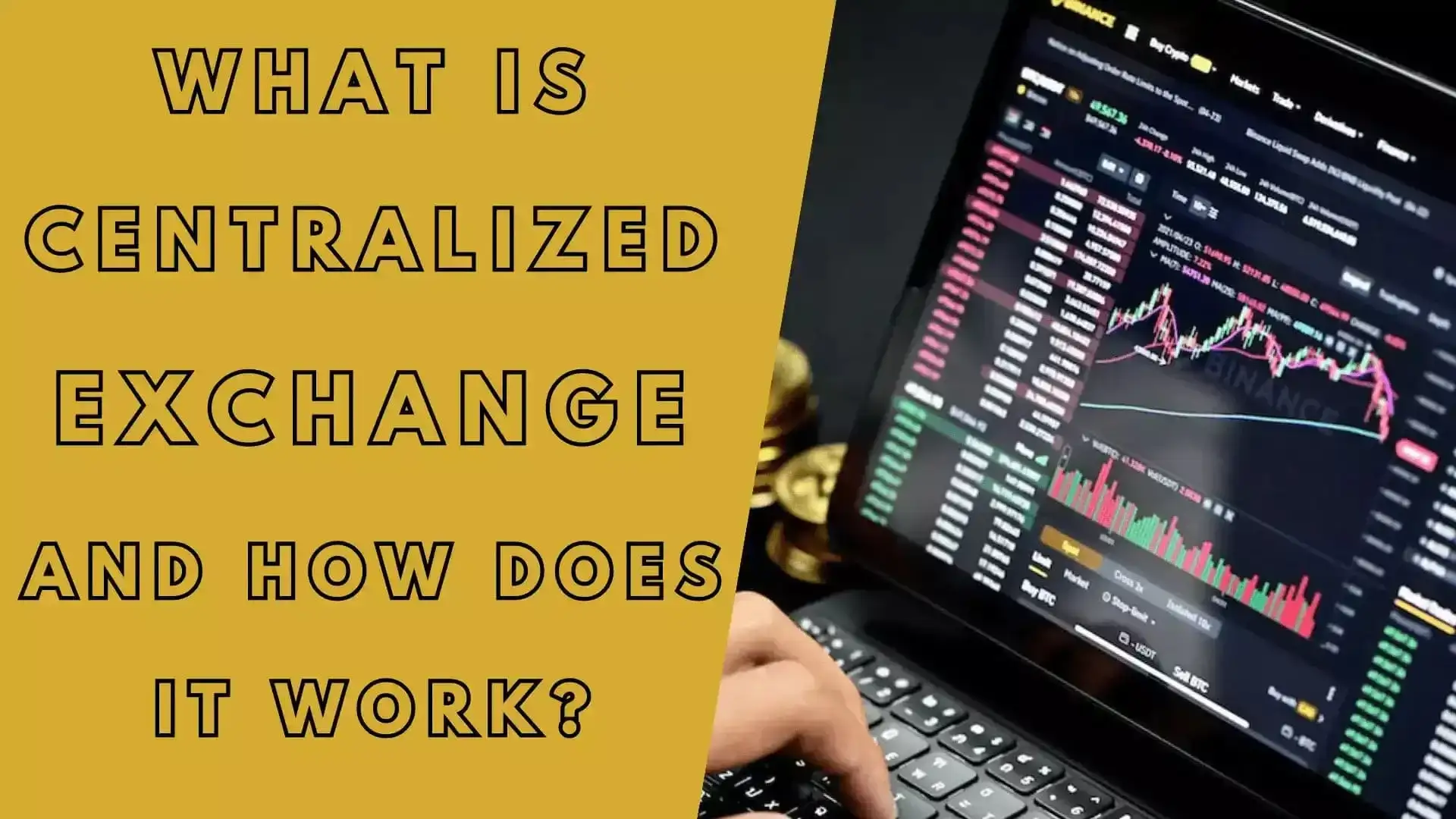What Is Cryptocurrency And How Does It Work?
Cryptocurrency is a type of digital or virtual currency that uses cryptography for security and operates independently of a central authority, such as a government or financial institution. It is designed to be a medium of exchange, just like traditional currencies such as the US dollar or the euro, but it exists solely in digital form.
At the core of a cryptocurrency is a technology called blockchain. A blockchain is a decentralized and distributed ledger that records all transactions across a network of computers, known as nodes. It serves as a transparent and immutable record of every transaction made with the cryptocurrency.

Posted on 16 June 2023
Here's a step-by-step explanation of how cryptocurrency works:
- Decentralization: Unlike traditional currencies that are controlled by central banks, cryptocurrencies are typically decentralized. This means that no single entity has control over the currency. Instead, the control and verification of transactions are distributed across the network of nodes.
- Cryptographic Security: Cryptocurrencies use cryptographic techniques to secure transactions and control the creation of new units. This involves complex mathematical algorithms that ensure the integrity and security of the currency. Cryptography also provides anonymity and privacy for users.
- Blockchain Technology: Transactions made with cryptocurrencies are grouped into blocks and added to a chain of previous transactions, forming a blockchain. Each block contains a reference to the previous block, creating a chronological and unalterable record of all transactions. This distributed ledger is maintained and verified by the network of nodes.
- Consensus Mechanism: To validate transactions and maintain the integrity of the blockchain, cryptocurrencies use consensus mechanisms. The most well-known consensus mechanism is called proof-of-work (PoW), used by Bitcoin. In PoW, miners compete to solve complex mathematical puzzles to validate transactions and add blocks to the blockchain. This requires a significant amount of computational power and energy.
- Wallets: Cryptocurrency wallets are used to store and manage digital assets. A wallet consists of a pair of cryptographic keys: a public key and a private key. The public key acts as the address to which others can send funds, while the private key is kept secret and is used to access and transfer the funds. Wallets can be software-based (e.g., on a computer or smartphone) or hardware-based (e.g., physical devices).
- Transaction Process: When a user wants to send cryptocurrency to another user, they create a transaction and sign it with their private key. The transaction is then broadcasted to the network, where miners or validators verify its authenticity and include it in a block. Once the transaction is confirmed and added to the blockchain, the recipient's wallet balance is updated accordingly.
- Mining and Reward System: In some cryptocurrencies, miners play a crucial role in maintaining the network by verifying transactions and adding them to the blockchain. As an incentive for their work, miners are rewarded with newly created cryptocurrency units. This process is called mining and helps secure the network against fraudulent activities.
It's important to note that while Bitcoin is the most well-known cryptocurrency, there are thousands of other cryptocurrencies with different features and use cases. Each cryptocurrency may have its own underlying technology, consensus mechanism, and purpose.
Overall, cryptocurrencies offer the potential for faster, cheaper, and more secure transactions compared to traditional financial systems. However, they also come with their own set of risks, such as price volatility, regulatory challenges, and security vulnerabilities, which should be considered when engaging with cryptocurrencies.




